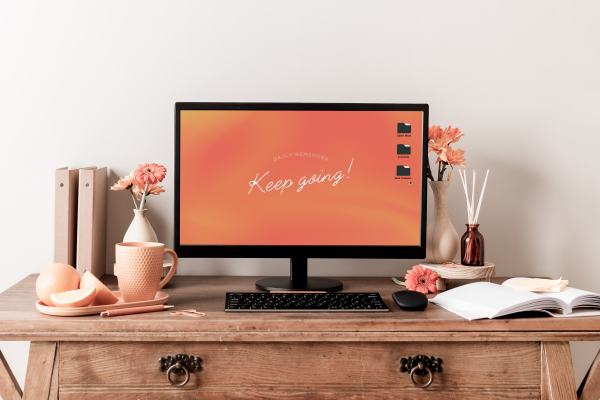From Readability to Branding, How Typography Can Make or Break Your Website’s Design
Typography is a critical element of web design, as it has a significant impact on the readability, usability, and overall aesthetic of a website. The fonts chosen for the typography on web design can definitely make a lasting impact.
Readability
The primary purpose of typography is to make content readable. The right font and font size can make a significant difference in how easy it is for users to read and understand your content. Serif fonts, like Times New Roman, are generally more readable in print, while sans-serif fonts, like Arial, are better for online content. It’s also important to choose a font size that’s easy to read without having to zoom in or squint. Remember, the size of the font can appear smaller when loaded on a small screen size; so this can definitely impact the readability of your site.
Usability
Typography can also impact the usability of a website. The right font, font size, and line spacing can make it easier for users to navigate and interact with your site. For example, using a large font size for headers and subtitles, and plenty of white space, can make it easier for users to scan your content and find what they’re looking for.
Aesthetics
Typography is also an important element of the overall aesthetic of a website. The right font can help to convey the mood and tone of your brand, while also making your website more visually appealing. Fonts with clean lines and minimal flourishes, like Helvetica or Open Sans, are popular choices for modern, minimalist designs, while more ornate fonts, like Garamond or Bodoni, are better suited for more traditional or formal designs.
Branding
Typography can also help to reinforce your brand identity. Choosing a font that’s consistent with your brand values and personality can help to build brand recognition and loyalty. For example, a bold, modern font might be a good choice for a tech start-up, while a more traditional font might be better suited for a law firm or financial institution.
Tips for Using Typography Effectively:
- Choose a font that’s easy to read and appropriate for your content and audience.
- Use a consistent font and font size throughout your website to maintain visual consistency and make it easier for users to read and navigate your content.
- Use contrast to make your typography stand out and improve readability. For example, use a light font on a dark background or a dark font on a light background.
- Use typography to create a hierarchy of information on your website, with larger fonts for headings and subheadings and smaller fonts for body text.
- Consider using a limited number of fonts to create a cohesive and consistent design.
- Test your typography on different devices and screen sizes to ensure that it’s readable and visually appealing across all platforms.
Overall, typography plays a critical role in web design, impacting the readability, usability, aesthetics, and branding of a website. By choosing and using typography effectively, you can create a website that’s both visually appealing and user-friendly.



